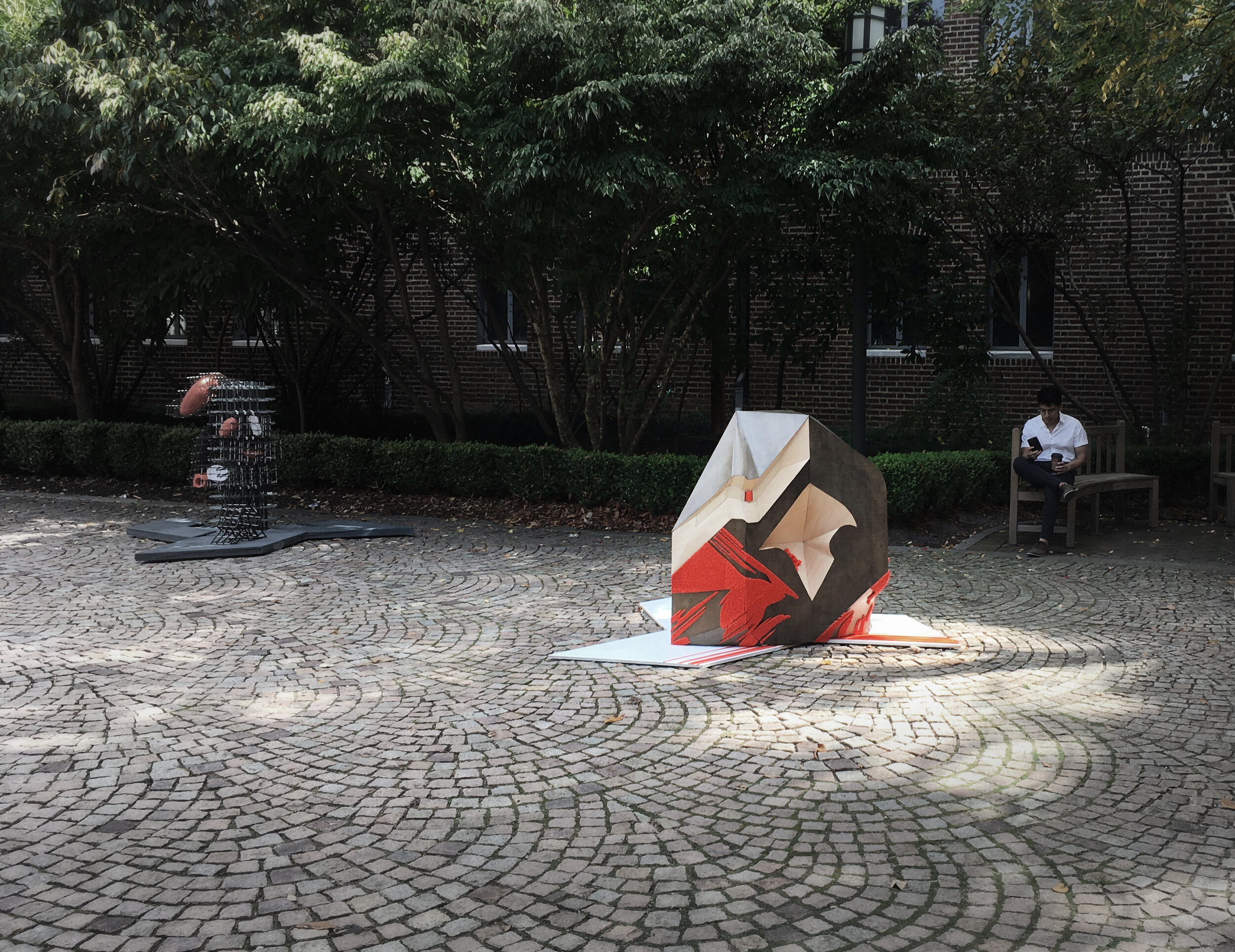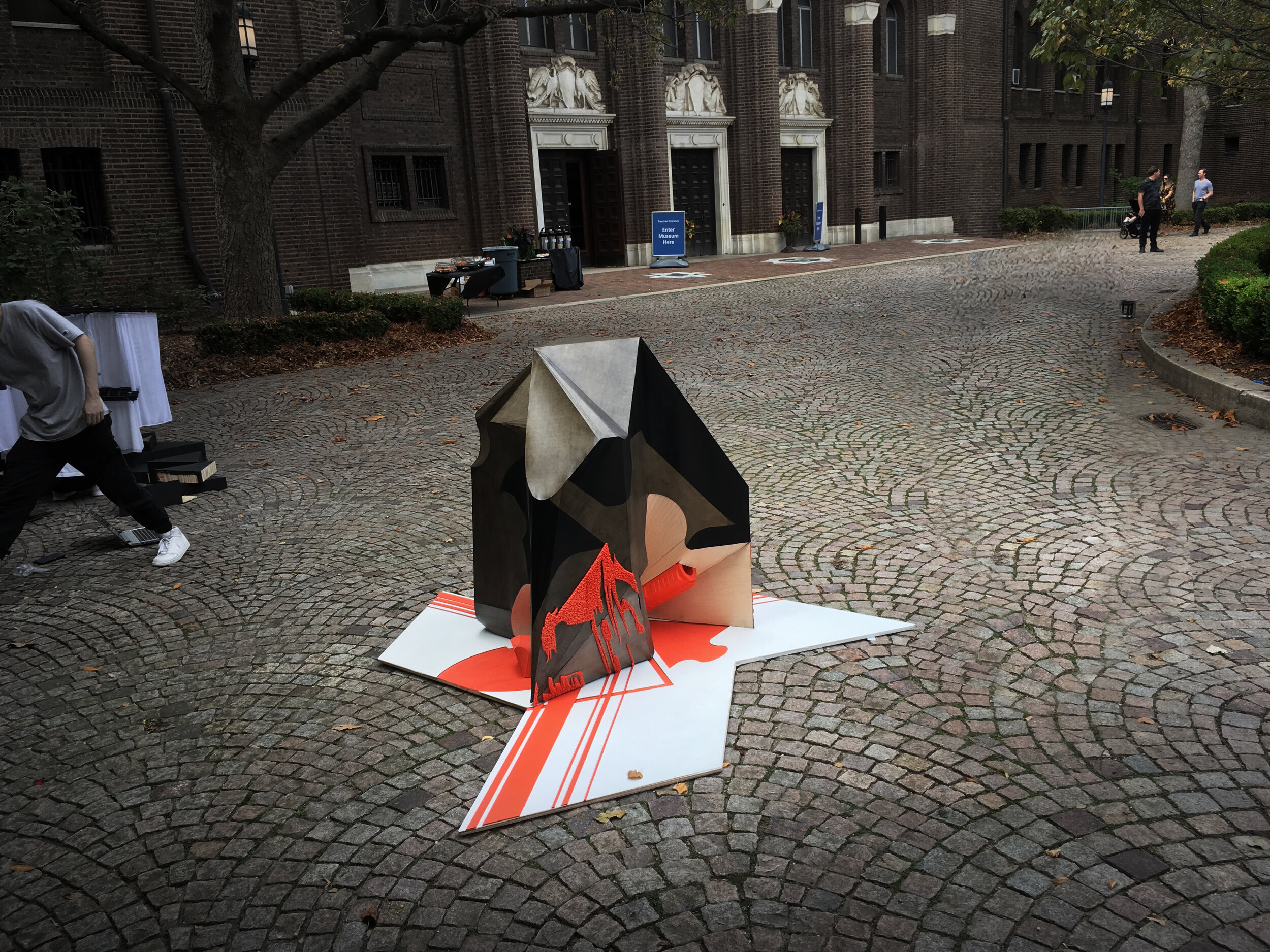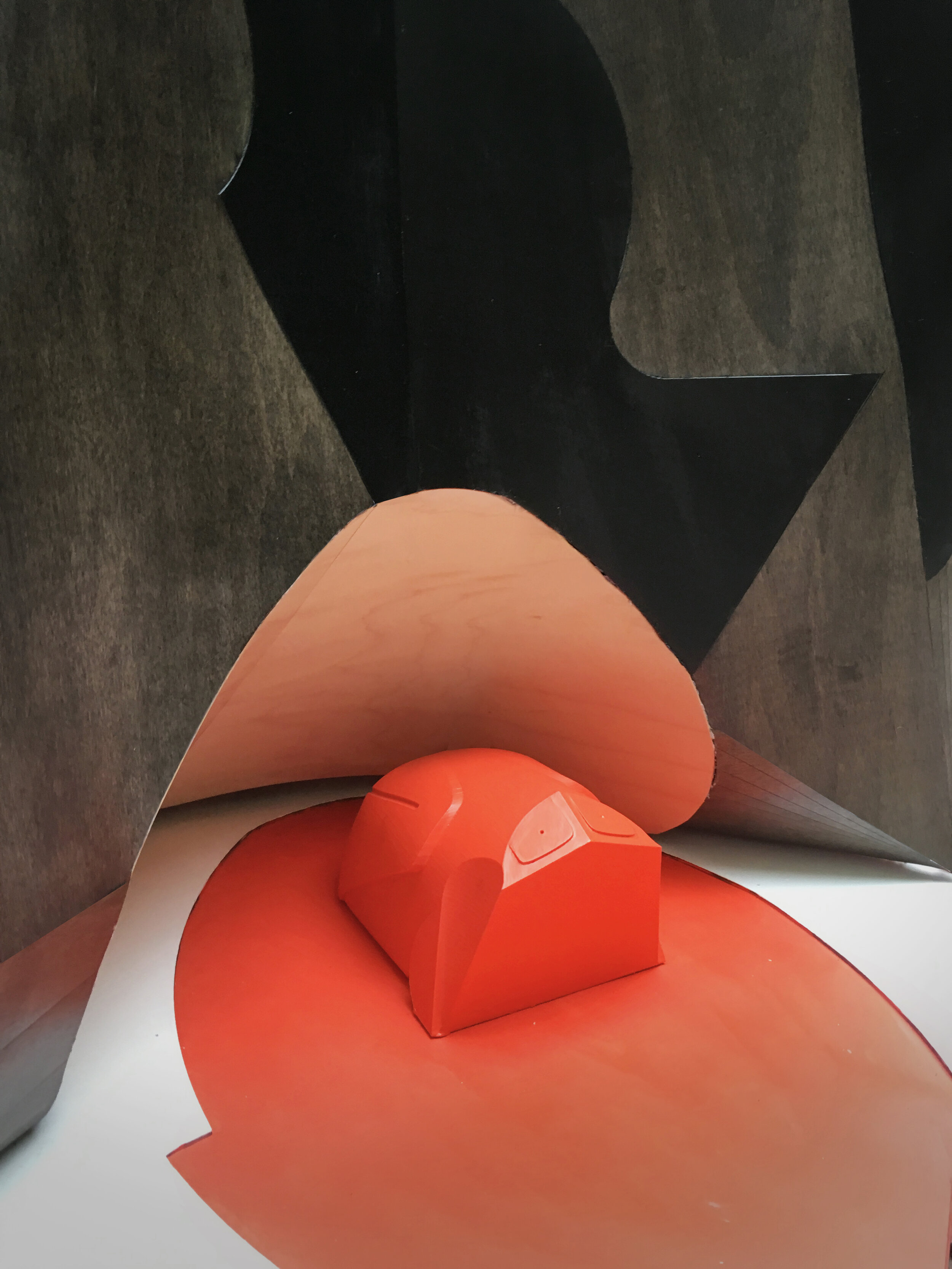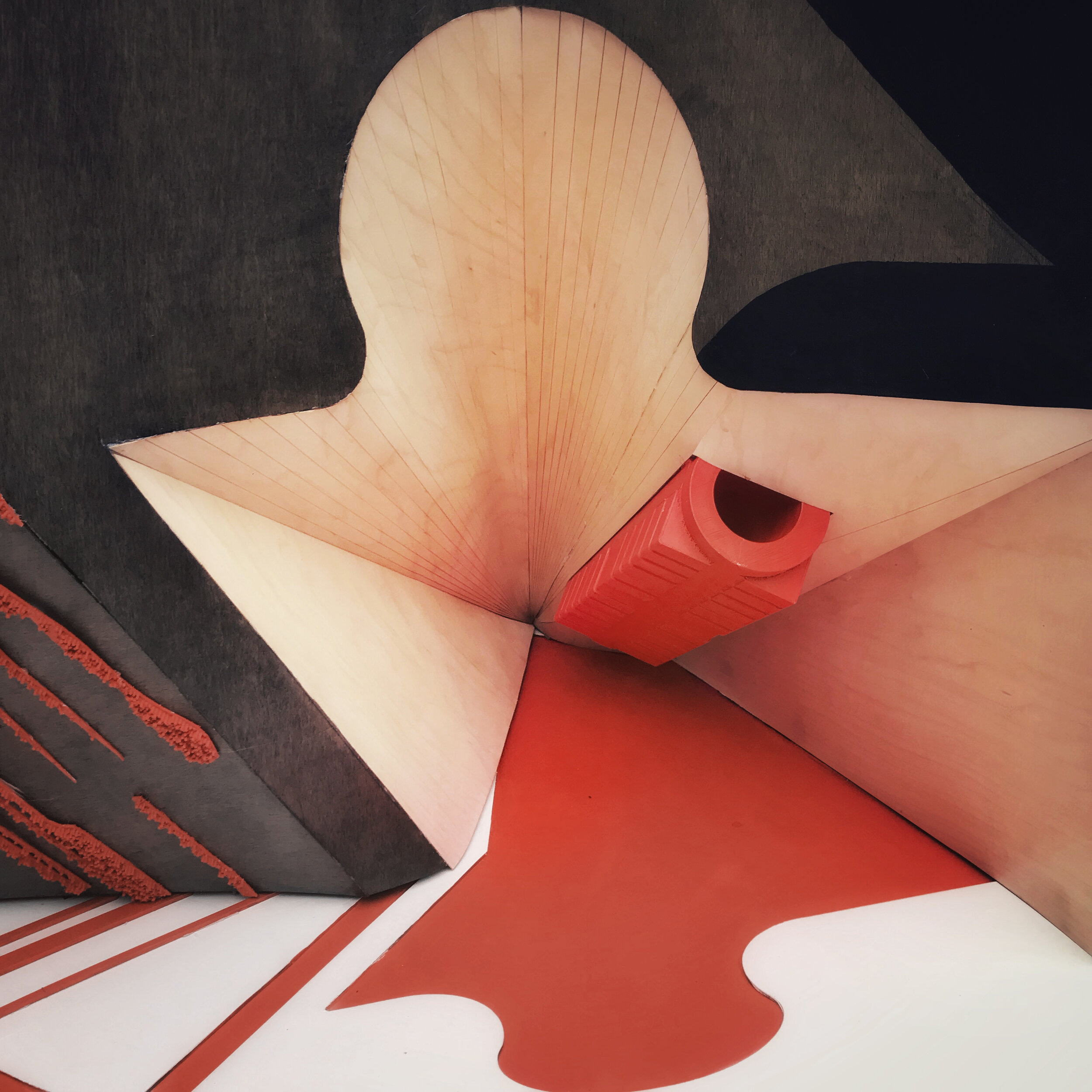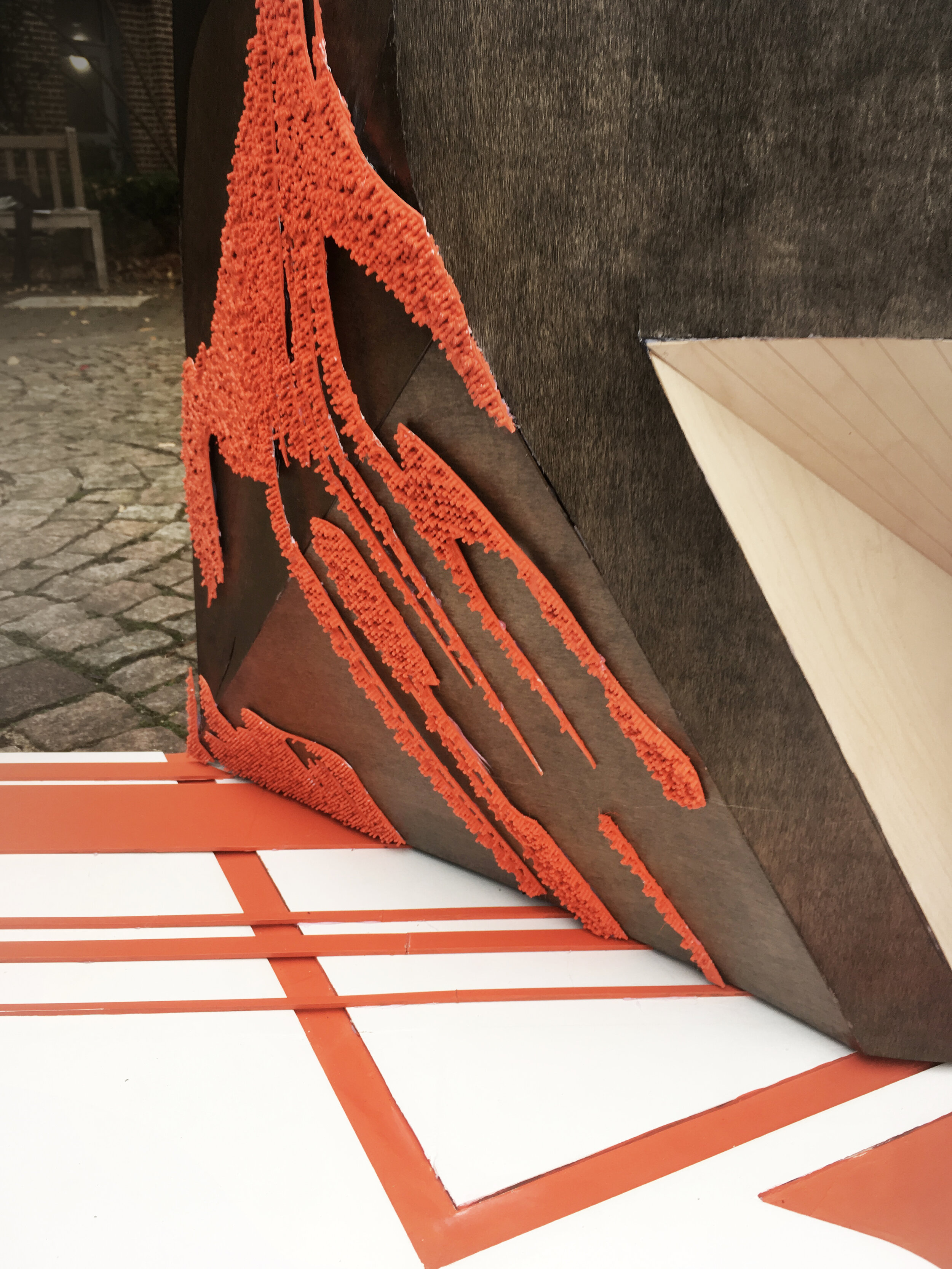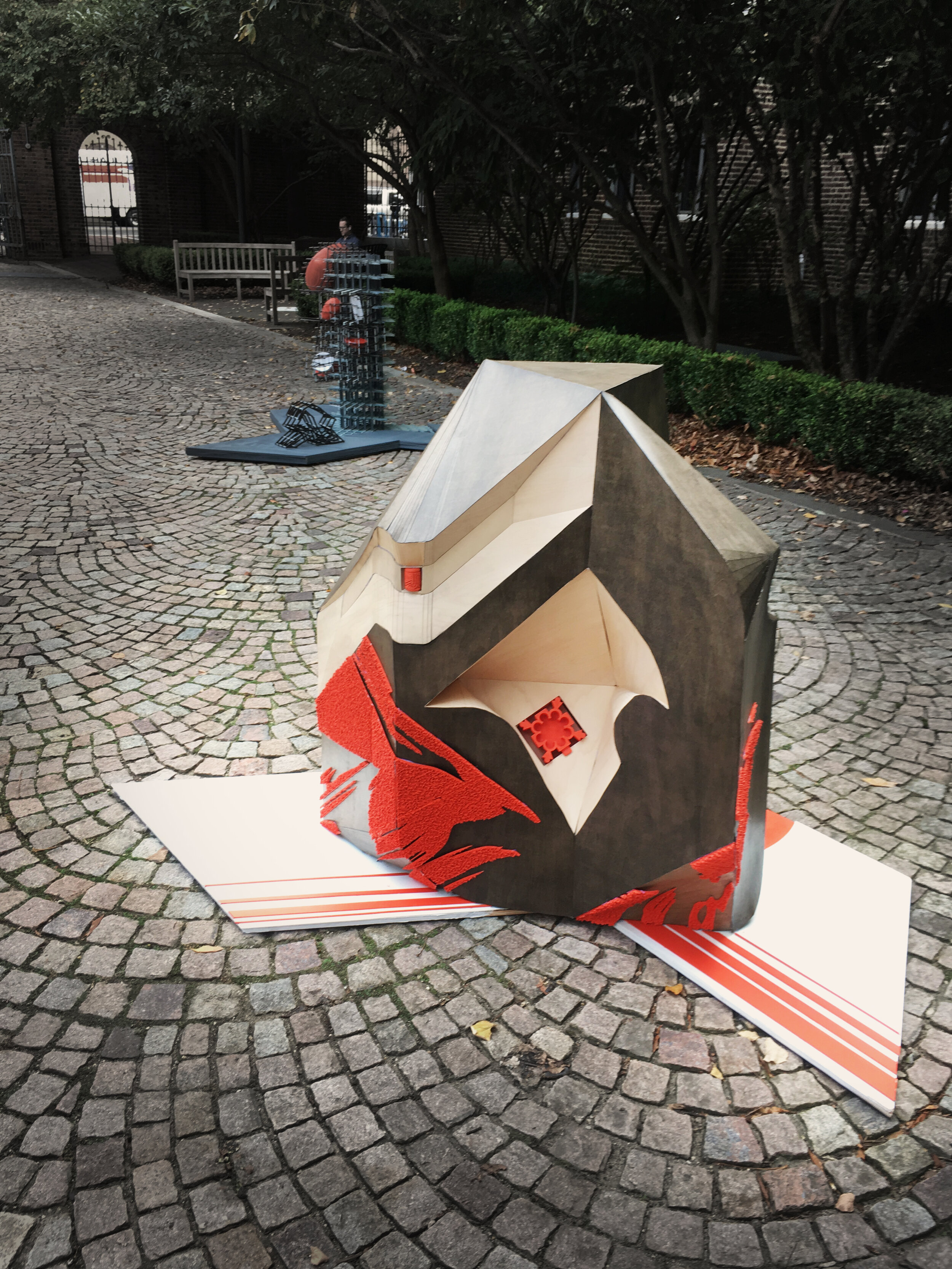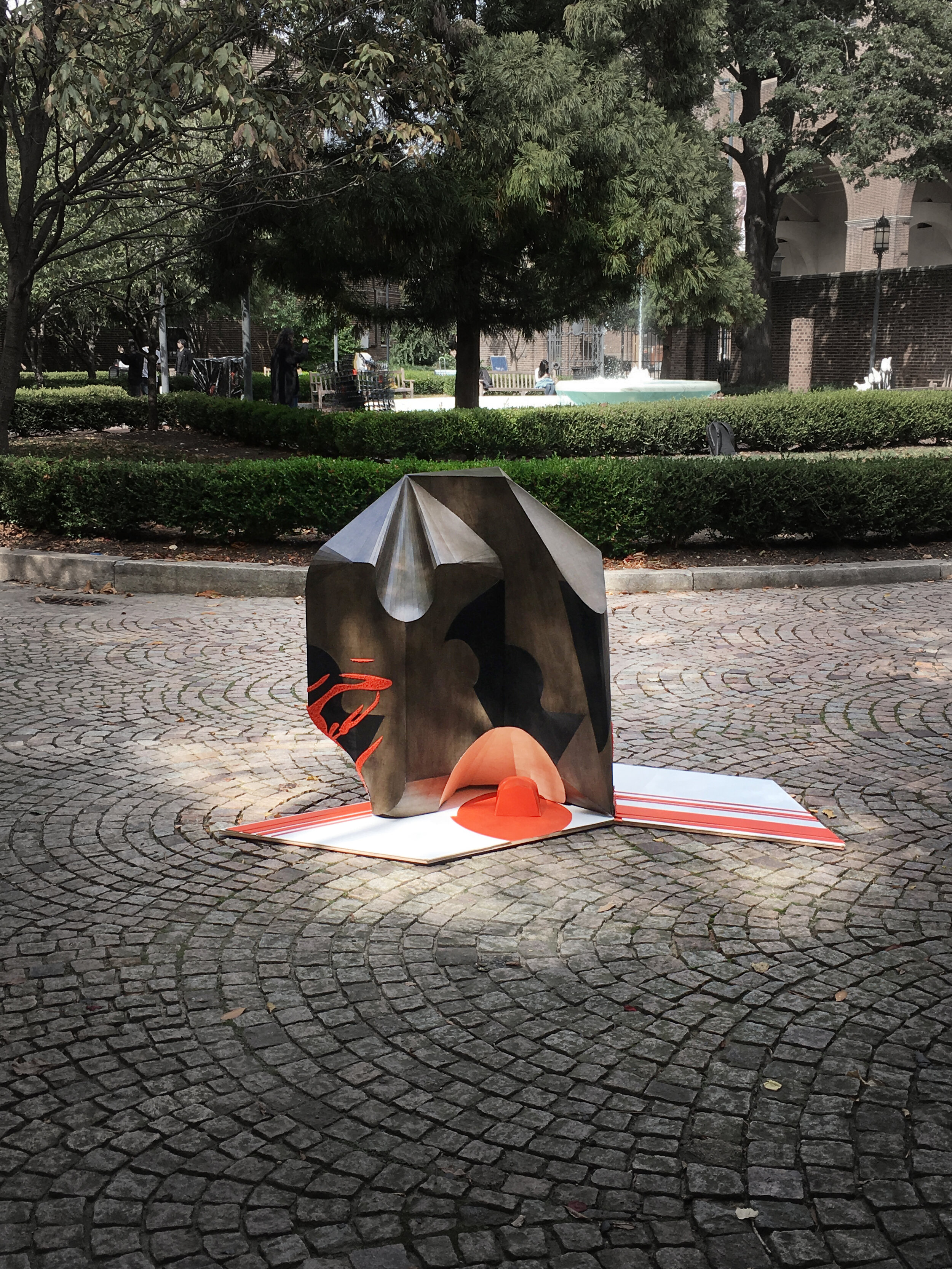Mutant Frame
CRITIC
Andrew Saunders
TEAM
Jamaica Reese-Julien, Elizabeth Anderson, Bingyu Guo, Zhongming Fang
“Our working proof of the existence of nearly all older peoples is in the visual order, and it exists in matter and space rather than in time and sound. - George Kuebler, The Shape of Time
In analyzing these historic artifacts, similar visual orders can be found. Though originating from different cultures, time periods, and of varying uses, implicit forms and profiles are repeated in each of these objects. Independent of the artifact’s use or meaning, there is a visual semblance and inherent connection. Our ability as humans to actualize or define this connection is limited. Our classification systems strive to create linear biological histories for artifacts, while often overlooking the non-linear semblance that exists in them. This project attempts, not to define, but to describe a visual portrait of their identity. By morphing and transposing profiles from each artifact, original functions are obscured and their “signals” are revealed in a new medium.
The form of our cabinet is a figural representation of the similarities and variations in our artifacts. The artifacts are oriented to be best interpretated from the major pedestrian pathways in the courtyard. On approach to the cabinet, only one artifact can be seen. Moving around the cabinet, other artifacts are revealed through lighter colored indentations in the mass. Sequential framing encourages active movement around the cabinet. Euclidean profiles, extracted from the artifacts are used to construct the form, as well as re-rame the objects themselves. Intentional views are reinforced by hidden geometries, revealed with high contrast profiles on visible faces.
The cabinet is a medium for re-assessing aspects of these artifacts three-dimensionally. In this abstraction and alteration a new “mutant” is formed, containing in it an each artifact’s embodied meaning. Further characteristics are transposed onto the cabinet with the use of stain and applied texture. Taken directly from digital scans, distilled components create a “patina.” The patina is a replication and manipulation of the artifact’s material properties into vectorized texture and pattern. It serves to emphasize the cabinet’s form as well as physically connect this form to the ground and its context. Almost dripping off of the cabinet, the patina’s distortion is a direct contrast to the clean euclidean formalism of the wood coated shape it holds onto. Patina and form, both mutant aspects of the Penn Museum artifacts, are taken almost to the point of defamiliarization in an effort to create new interpretations and deeper understanding.
CONCEPT

